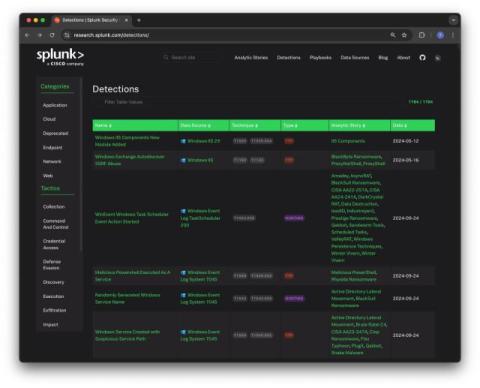The Forensic Investigator Role: Skills and Responsibilities
Businesses adopt new and sophisticated technology every day. All that tech, however, comes with the risk of crime or financial fraud. That’s what forensic investigators help with — they solve these crimes by identifying the criminals and recovering the assets. Forensic investigators collect evidence from crime scenes, analyze it, and conclude the results in a report that later serves as an important document in trials.











